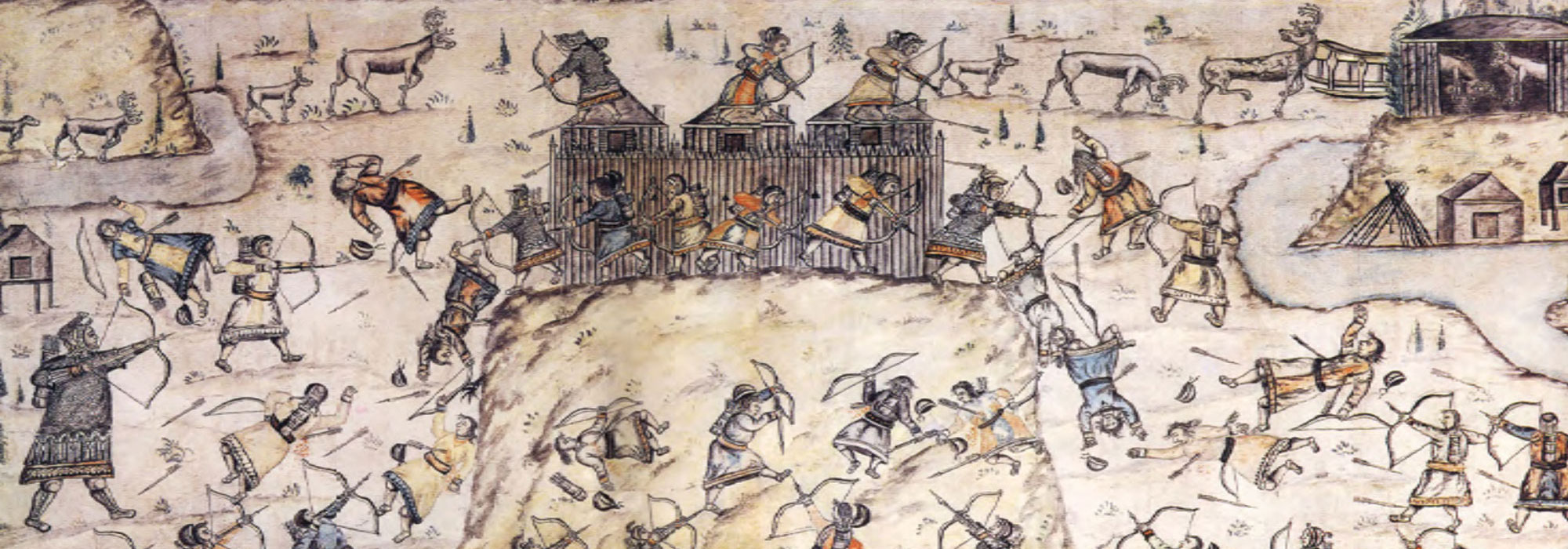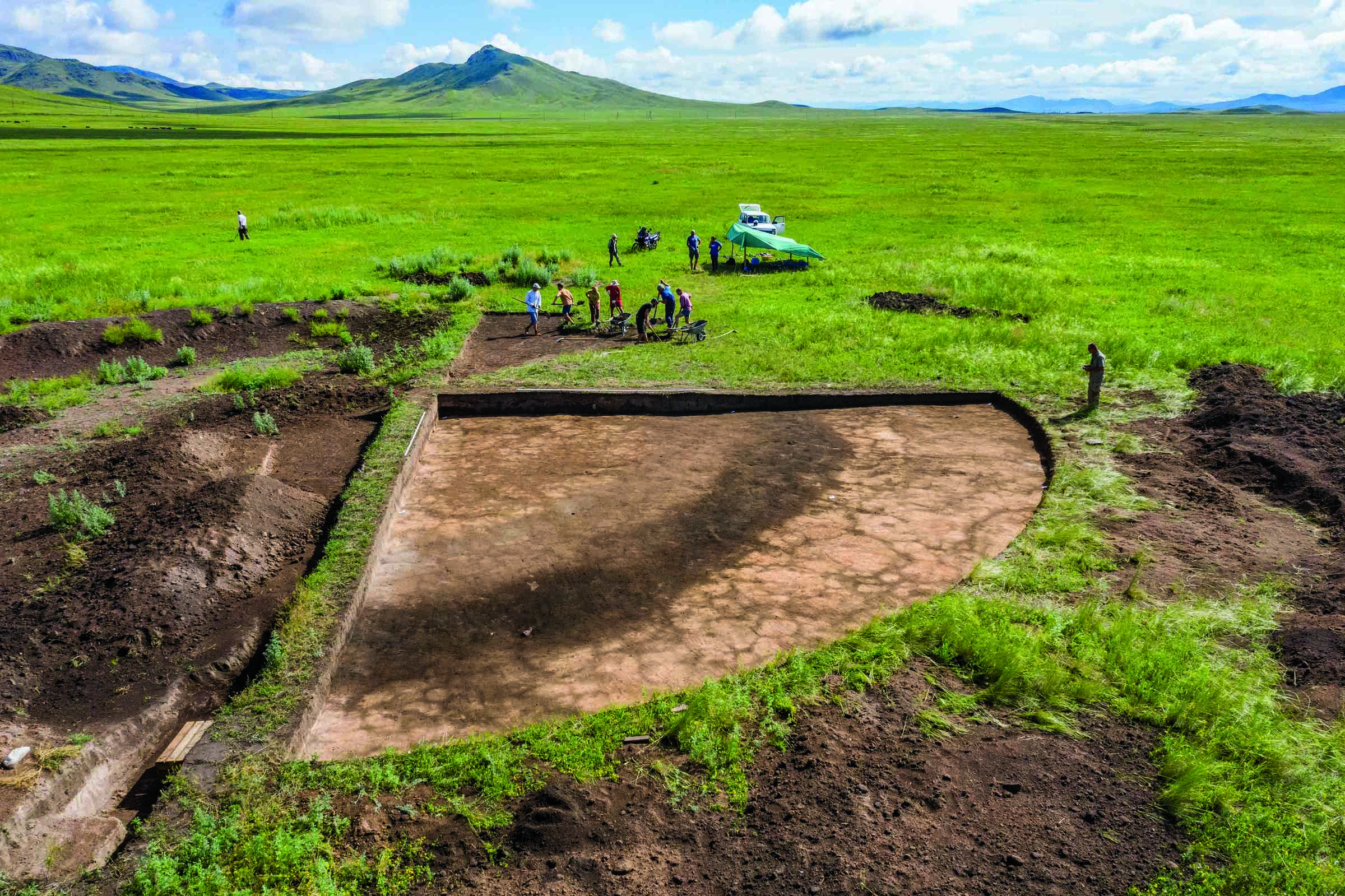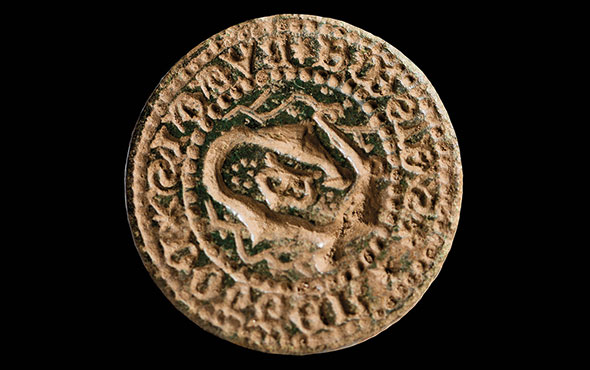TARTU, ESTONIA—Gizmodo reports that a new study of genetics, archaeology, and linguistics led by Lehti Saag of the University of Tartu suggests Uralic languages such as Estonian and Finnish can be linked to ancient, migrating Siberian populations. Saag and her colleagues obtained usable DNA samples from the teeth of 33 people who lived in what is now Estonia between 3,200 and 2,000 years ago. Their analysis suggests Siberians arrived in the eastern Baltic no later than some 2,500 years ago. The Siberians are also thought to have introduced light eyes, hair, and skin, and lactose intolerance, to the local northern European population. This information corresponds with linguistic information suggesting that Uralic languages emerged in the Baltic during the period of transition from the Bronze Age to the Iron Age. To read about the discovery of several Viking ships on an Estonian island, go to “The First Vikings.”
Traces of Siberian Genes Detected in Some Northern Europeans
News May 10, 2019
Recommended Articles
Top 10 Discoveries of 2025 January/February 2026
The First Indo-European Speakers
Eastern Ukraine and Southern Russia


Letter from Siberia September/October 2024
Strongholds of the Taiga
Beginning 8,000 years ago, hunter-gatherers in the forests of northern Russia built some of the world’s earliest fortified settlements

Digs & Discoveries May/June 2022
Membership Has Its Privileges

-
Features March/April 2019
Sicily's Lost Theater
Archaeologists resume the search for the home of drama in a majestic Greek sanctuary
 (Giuseppe Cavaleri)
(Giuseppe Cavaleri) -
Letter From Texas March/April 2019
On the Range
Excavations at a ranch in the southern High Plains show how generations of people adapted to an iconic Western landscape
 (Eric A. Powell)
(Eric A. Powell) -
Artifacts March/April 2019
Medieval Seal Stamp
 (Rikke Caroline Olsen/The National Museum of Denmark)
(Rikke Caroline Olsen/The National Museum of Denmark) -
Digs & Discoveries March/April 2019
Fairfield's Rebirth in 3-D
 (Virginia Department of Historic Resources)
(Virginia Department of Historic Resources)



